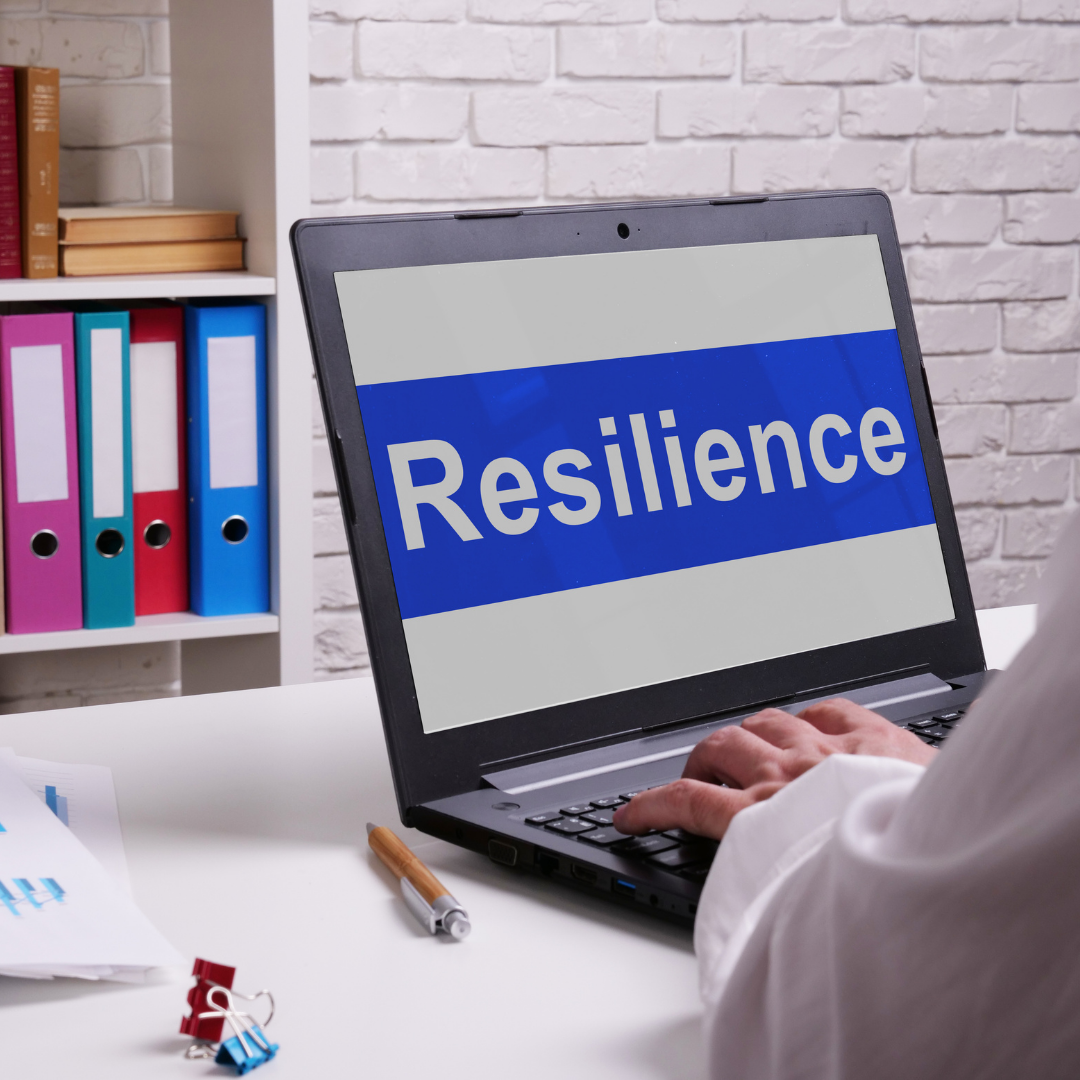3 November marks Stress Awareness Day, so for this we’re sharing great tips on how to be resilient at work, despite the stresses we encounter every day.
One of our colleagues has created great content for our own staff on being resilient, and we’re sharing that content with you.
Definitions of Resilience
Resilience – Noun
- The capacity to recover quickly from difficulties; toughness.
- The ability of a substance or object to spring back into shape; elasticity.
NHS Definition:
Resilience has been described as the “ability to succeed, to live, and to develop in a positive way . . . despite the stress or adversity that would normally involve the real possibility of a negative outcome”. It is the ability to maintain personal wellbeing in the face of challenge.
Here are a few qualities we believe are important to be resilient…
- Determination
- Adaptability
- Reflective
- Forgiving – of your self and forgiving of others
- Courage
Here’s some theories on how to understand and become a more resilient person.
The Inverted ‘U’ Theory
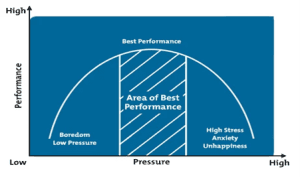
The Inverted-U Theory was created by psychologists Robert Yerkes and John Dodson in 1908. Despite its age, it’s a model that has stood the test of time.
It gets its name from the curve created when the correlation between pressure/stress and performance as seen on the graph here.
Everyone’s Area of best performance – also known as window of tolerance will be different, some having a very small window of tolerance whilst others can have very wide windows of tolerance. This can also alter for the individual, and many factors will contribute to your current window of tolerance.
Certainly, one of the most recent events – Lockdown and the COVID-19 Pandemic has altered our window of tolerance.
Window of Tolerance
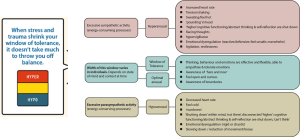
The window of tolerance is essentially the middle section of the Inverted ‘U’ theory. Everyone’s window of tolerance will be individual and can change at any time depending on many external factors in a person’s life.
Identifying your own window of tolerance is a great way to self-identify when you are at your most productive. By stopping to notice the triggers and symptoms of when you are outside (or close to being outside) your window of tolerance, you can look at simple things you can do to help you come back to the peak of your productivity.
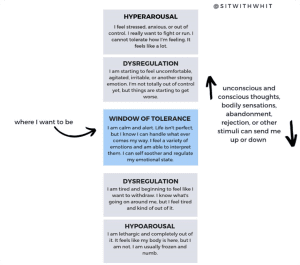
It is important to check in with where you are sitting on this scale regularly, and by identifying early when you may be slipping one way or the other. You can use methods you have determined that help bring you back to your window of tolerance, therefore being at your most productive.
When you find yourself struggling at work — whether you’re too unmotivated to do things well, or too anxious — stop. Think of your window. Think of where you are in relation to that window. And then do something, even something small, to bring yourself closer to it.
If you’re bored and under stimulated at work, maybe volunteer to help with a project, or set yourself a tough deadline. The added stress might nudge you closer to where you need to be. For a shorter-term fix, wake your brain back up by taking a walk or having a brief catch-up with a co-worker.
On the other hand, if you’re on edge and need a quick way to come down, give yourself a break to settle your mind. Have a snack. Vent to a friend on chat. Come back after short break, plan out what you must do and the timeline it needs to be done by, and you can really see if you have a realistic amount of time to complete the task(s). Also, don’t forget to breathe!
Fixed Mindset Vs Growth Mindset – Understanding and implementing a growth mindset.
How Your Beliefs Can Help You or Hurt You
Carol Dweck is a researcher at Stanford University.
Dweck is well-known for her work on “the fixed mindset vs the growth mindset.”
Here’s how Dweck describes the difference between these two mindsets and how they impact your performance…
‘In a fixed mindset students believe their basic abilities, their intelligence, their talents, are just fixed traits. They have a certain amount and that’s that, and then their goal becomes to look smart all the time and never look dumb. In a growth mindset students understand that their talents and abilities can be developed through effort, good teaching, and persistence. They don’t necessarily think everyone’s the same or everyone can be Einstein, but they believe everyone can get smarter if they work at it.’
- Carol Dweck, Stanford University
The benefits of a growth mindset might seem obvious, but most of us are guilty of having a fixed mindset in certain situations. That can be dangerous because a fixed mindset can often prevent important skill development and growth, which could sabotage your health and happiness down the line.
For example, if you say, “I’m not a math person” then that belief acts as an easy excuse to avoid practicing math. The fixed mindset prevents you from failing in the short–run, but in the long–run it hinders your ability to learn, grow, and develop new skills.
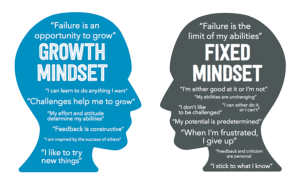
It’s sometimes difficult to be kind to yourself when you are under too much stress, or not enough stress.
By evaluating how you speak to yourself, you can try and switch those negative ways of thinking, to better your ability to grow.
Further resources
Building Resilience – 5 Ways to a Better Life – https://www.youtube.com/watch?v=fPMqMJMiBiA
British Royal Marines – https://www.youtube.com/watch?v=LoZcy3Upxyo
From Stress to Resilience | TEDx – https://www.youtube.com/watch?v=Q7vYuKvpneM

